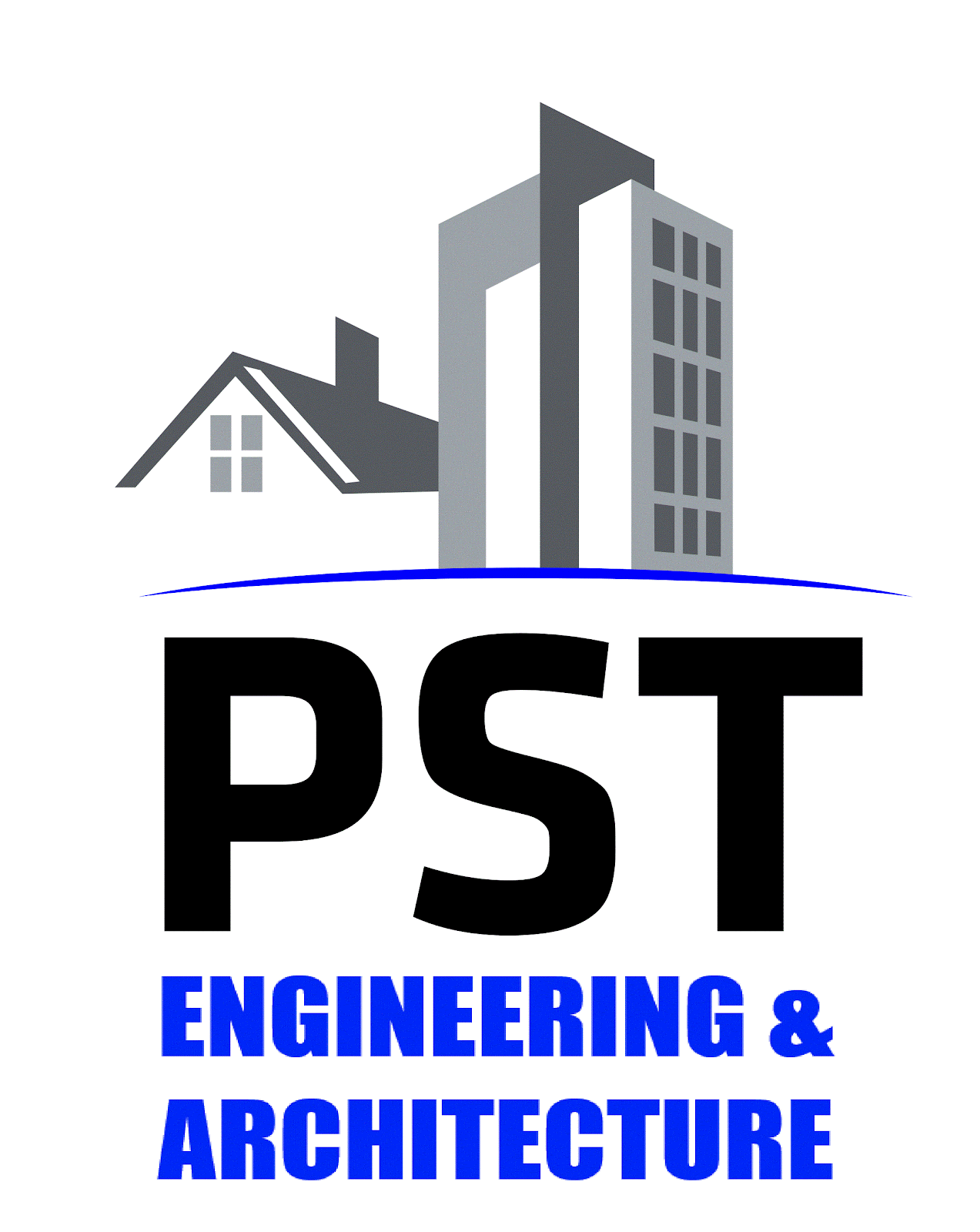Pole Barns are continuing to gain in popularity. A pole barn is a building that has no foundation and its sides are often made of corrugated steel or even aluminum panels. It is then supported by poles that are set in the ground. The poles are typically set at about eight-foot intervals. You can have a little “fun” with your pole barn to ensure it fits your specific needs and wants; however, there’s a wrong way and a right way to build a pole barn and steps that you should take to ensure it’s built properly.
6 steps to building a Pole Barn:
- Window shop – Decide your desired layout and priorities. Consider visiting farms or county properties for local examples. Online research is another way to narrow down your preferences for your pole barn. Print out ideas that you like. Your local lumber stores often have generic pole barn plans available too. While there are numerous pole barn plans and designs available online, it’s important to not purchase blueprints online or purchase plans at lumber yard, unless you KNOW they were stamped by an engineer or architect from your state, and they meet the International Residential Code (IRC) or International Building Code (IBC) that your governing municipality requires. Each state and locale have different requirements, and what works for one city may not be approved for another.
- Discuss – Once you narrow your ideas and needs, you should meet with a local designer or architect to discuss options. Show the designer or architect your ideas, now is the best time to discuss options and even the costs to have the designer or architect make concept drawings and then blueprints. Your designer should prepare the blueprints to satisfy your city, county and state code requirements.
- Design – After learning the timeline, and weighing the options available to you then you should retain a designer or architect to start drawing the blueprints for your pole barn. Custom pole barn blueprints can range in cost from $800-$8,000. Prices are determined based on the Designer estimated time on the project including consultation time and sometimes site visit to the property where the pole barn will be built. Keep in mind, if you make changes and updates to the layout or design after and sometimes during the design, these changes can add time and cost to the project.
- Review – Meet with the designer or architect to finalize the design and the blueprints prior to submission. Now is the time to speak up, if there’s something you aren’t pleased with or you feel needs to be changed because once permits are filed then it’s more difficult to make changes.
- Permit – Visit your local city and or county to file for permits based on the blueprints designed for the pole barn. If you aren’t sure the best way to do this, you can hire a contractor to file for permits and then build the pole barn.
- Build – Once the permits are filed, and approved then you can start building your pole barn.
Having your pole barn plans designed by a licensed professional ensures that it’s structurally stable, up to code and even visually appealing. Be sure to follow the six steps above to ensure you won’t have to tear down your pole barn and rebuild it after it isn’t up to proper code or even structurally sound.
